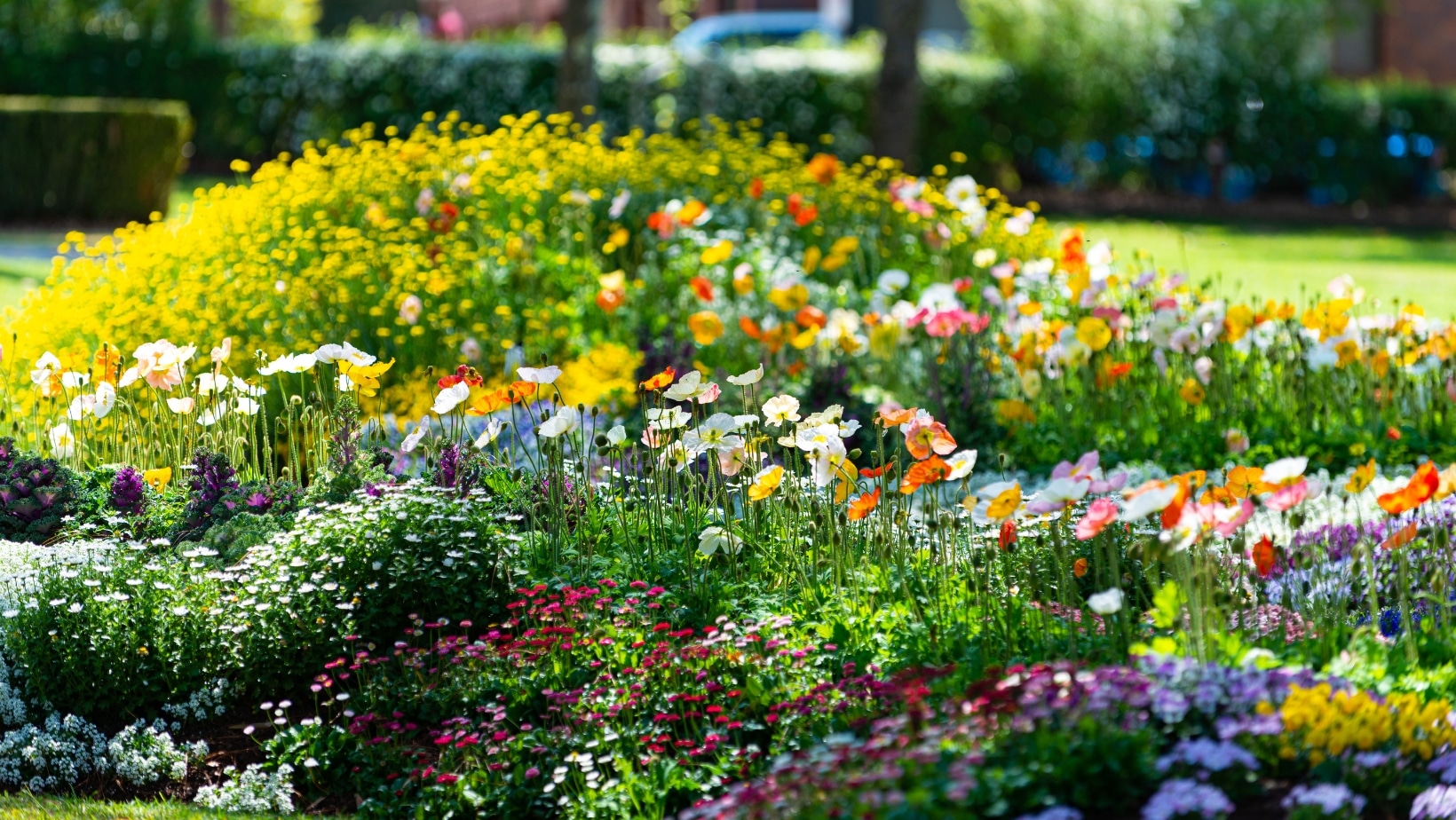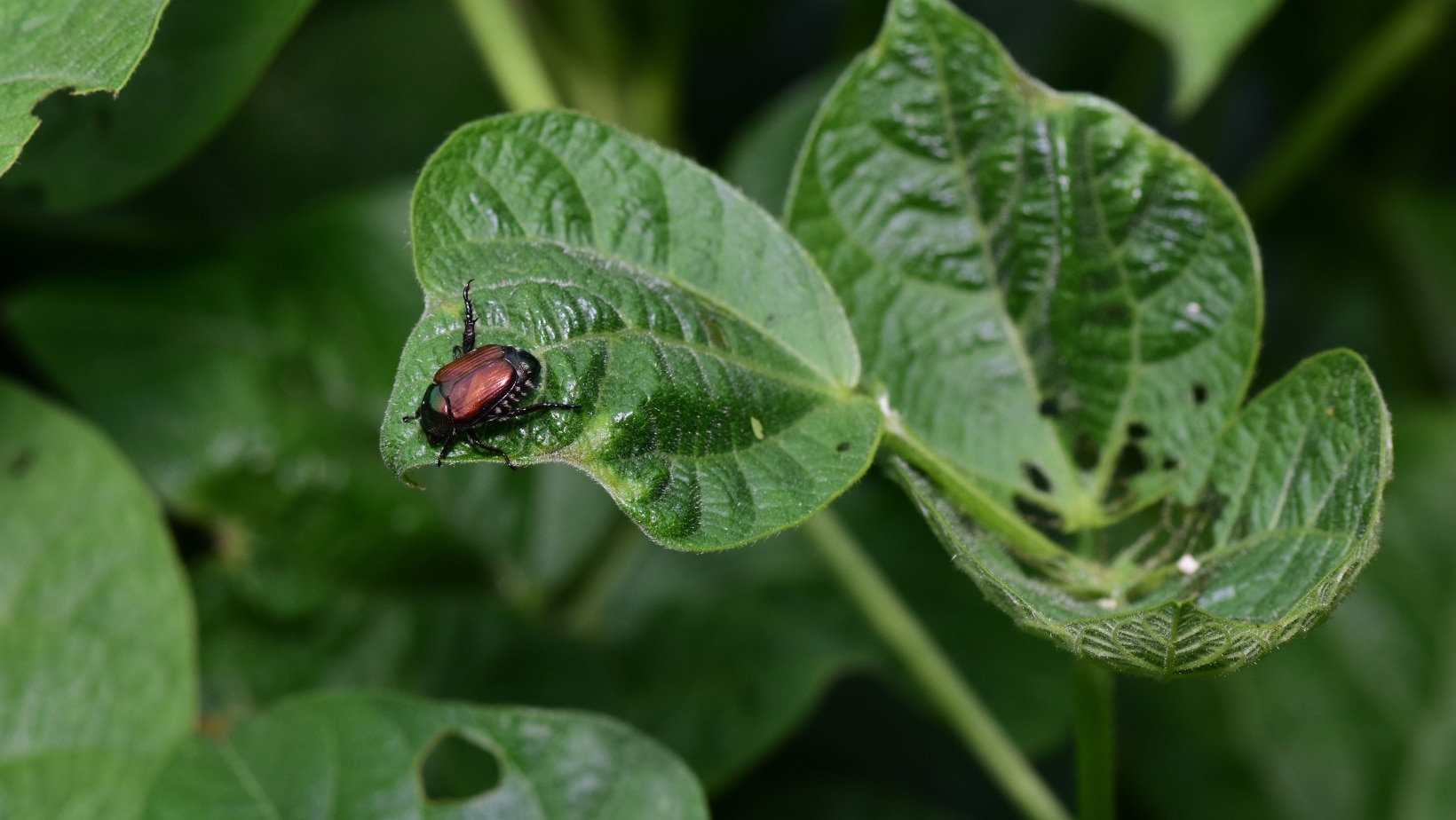If you want to enhance your garden’s beauty, ornamental horticulture is the way.
Our PDF guide provides valuable information on choosing the right plants, designing your garden, and maintaining it for optimal growth and beauty.
Whether a beginner or an experienced gardener, this guide has something for everyone.
NOTE: Get Your Ultimate Guide to Ornamental Horticulture PDF Download Below.
Ornamental Horticulture Definition
Ornamental horticulture refers to cultivating, managing, and using plants for decorative or aesthetic purposes.
It encompasses the art and science of growing and caring for plants primarily valued for their beauty, visual appeal, and decorative qualities.
Ornamental horticulture includes various aspects such as landscaping, floral design, plant propagation, plant selection, garden maintenance, and the use of plants in indoor and outdoor ornamental displays. It involves selecting, cultivating, and arranging plants to create visually appealing landscapes, gardens, parks, and floral arrangements for private and public spaces.
The main focus of ornamental horticulture is to enhance the environment’s aesthetic appeal by incorporating plants valued for their ornamental characteristics, such as flowers, foliage, color, texture, form, and overall visual impact.
Introduction to Ornamental Horticulture
Ornamental horticulture is the art and science of growing and arranging plants for aesthetic purposes.
It involves selecting and cultivating visually appealing plants and arranging them to enhance their beauty.
Ornamental horticulture can be practiced in various settings, from small backyard gardens to large public parks and botanical gardens.
This guide will introduce the world of ornamental horticulture and help you create a beautiful and thriving garden.
Understanding Soil and Fertilizers
Soil is the foundation of any successful garden, and understanding its composition and needs is crucial for ornamental horticulture.
Different plants require different soil types, so it’s essential to test and amend your soil.
Fertilizers can also play a key role in plant growth and health, but it’s choosing the right type and applying them correctly that is important in not damaging your plants.
This section of the guide will provide an overview of soil and fertilizers and how to use them effectively in your garden.
Choosing the Right Plants for Your Garden
When it comes to ornamental horticulture, choosing the right plants for your garden is essential.
When selecting plants, consider your climate, soil type, and sun exposure.
It’s also essential to consider the overall aesthetic you want to achieve and choose plants that complement each other in color, texture, and height.
Don’t be afraid to mix and match different types of plants to create a unique and beautiful garden.
Watering and Irrigation Techniques
Proper watering and irrigation techniques are crucial for maintaining a healthy and thriving garden.
The amount and frequency of watering will depend on factors such as the type of plants, soil type, and climate.
It’s important to water deeply and infrequently, rather than shallowly and frequently, to encourage profound root growth.
Consider using drip irrigation systems or soaker hoses to conserve water and ensure even distribution.
Be sure to monitor soil moisture levels regularly to avoid over or under-watering.
Pest and Disease Management
One of the biggest challenges in ornamental horticulture is managing pests and diseases.
Prevention is critical, so choose plants resistant to common pests and diseases in your area.
Regularly inspect your plants for signs of infestation or disease, and take action immediately if you notice any issues.
This may include removing infected plants, using organic or chemical treatments, or introducing beneficial insects to control pests.
Proper sanitation practices, such as cleaning tools and removing dead plant material, can also help prevent the spread of disease.
Recap on Ornamental Horticulture
Ornamental horticulture involves cultivating, managing, and using plants for decorative purposes.
It is the art and science of growing and caring for plants primarily valued for their beauty and visual appeal.
This field encompasses various aspects, including landscaping, floral design, plant propagation, and garden maintenance.
The main goal of ornamental horticulture is to enhance the aesthetic appeal of landscapes, gardens, parks, and indoor spaces by selecting and cultivating plants known for their ornamental characteristics.
These characteristics include colorful flowers, attractive foliage, exciting textures, and appealing forms.
Ornamental horticulture is significant in landscaping, where plants are carefully chosen and arranged to create visually pleasing and functional outdoor spaces.
It also contributes to garden design, where plants, pathways, and structures are organized to achieve specific aesthetic goals.
Floral design is another aspect of ornamental horticulture that focuses on the artistic arrangement of flowers and plant materials.
Floral designers use their creativity and knowledge of plant materials to create visually striking bouquets, floral arrangements, and other decorative displays.
Propagation methods, such as seed sowing, cuttings, and grafting, produce good plants for landscaping, gardening, and floral design.
Ongoing maintenance practices, such as pruning, fertilizing, and pest control, are essential to ensure the health and appearance of ornamental plants.
Aside from their visual appeal, ornamental plants provide environmental benefits, such as improving air quality, reducing soil erosion, and supporting biodiversity.
Well-designed ornamental landscapes and gardens can enhance individuals’ overall well-being and enjoyment.



